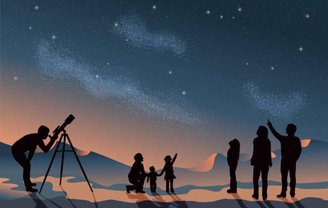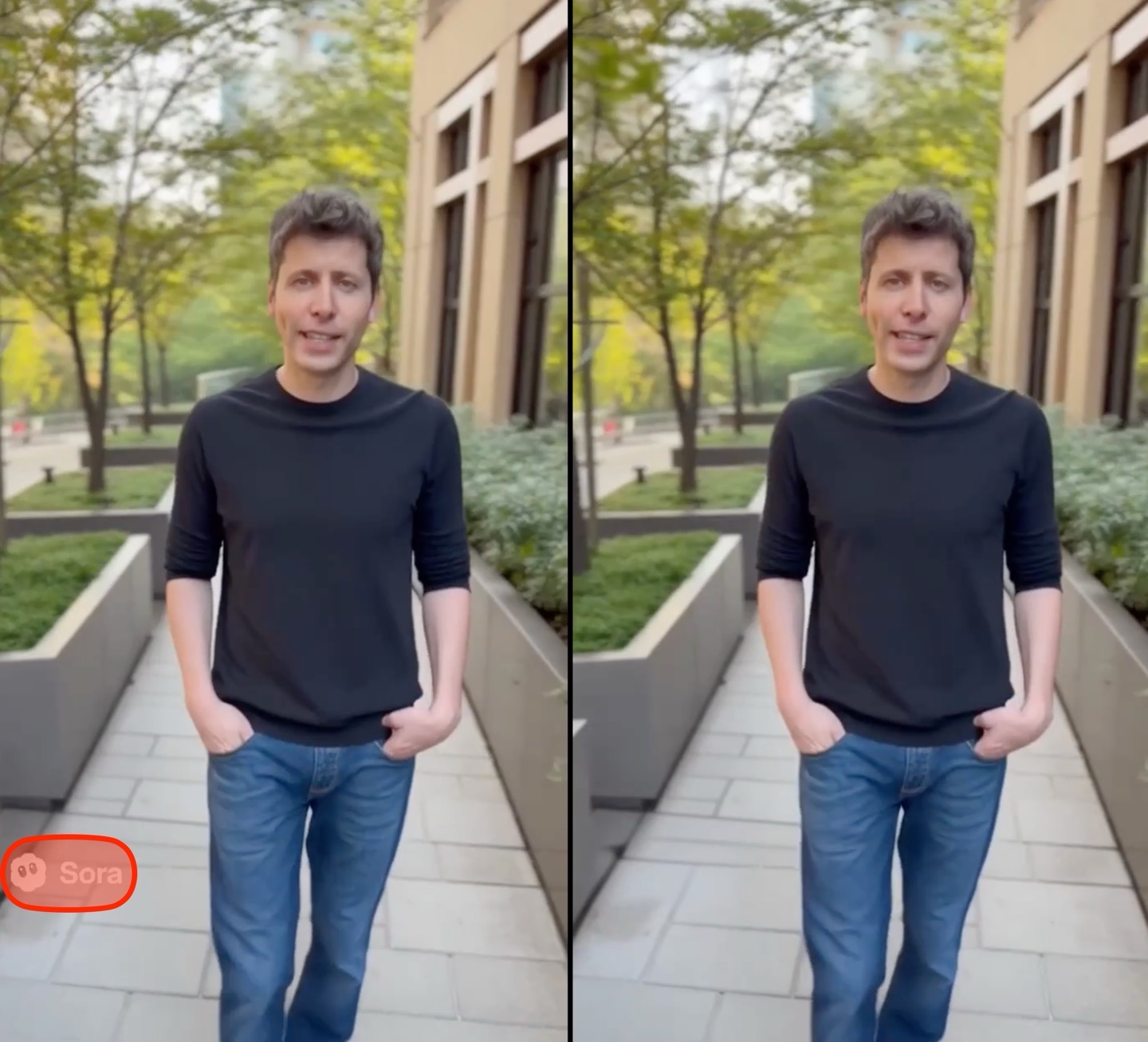Stargazing is an activity to which millions of people around the world devote themselves, and not just out of magical or scientific interest. but also due to the lack of light pollution.
According to two researchers from the University of Wisconsin in the USA, human emotion and behavioral interest in astronomy directly depend on the opportunity to see or not see the starry sky.
The hypothesis of authors Rodolfo Cortes Barragan and Andrew Meltzoff of the University of Wisconsin Institute for Learning and Brain Sciences (I-LABS) is that people’s interest in astronomy is “a gateway to science more broadly.” to light pollution.
The study, published in the journal Scientific Reports, was the first to analyze the effects of light pollution from a social science perspective. According to Barragan, the impact of excessive artificial light interfering with the natural darkness of the night sky on human emotions and behavior has not yet been studied.
Measuring interest in astronomy
To try to measure this, experts conducted a large survey of more than 35,000 U.S. residents. The survey included a question to measure people’s level of curiosity about the universe. The research results were compared with light pollution measurements and a visible connection emerged.
“We found that the US population living under low light pollution felt more ‘fascinated with the universe.'” Barragan said in a statement: “This was a specific relationship.” Light pollution was not linked to other measured emotions in the same Pew Research Center survey but strongly linked to curiosity.”
Fair access to the night sky

The authors suggest that all children and adults have the same opportunities for inspiration and scholarship. But the study results show that U.S. residents, depending on where they live, “do not have equal access to the dark night sky, often leading to decreased interest in science.”
The idea is that sparking curiosity and scientific motivation in young people can depend on a unique experience. the joy of seeing the night sky full of stars. Lack of this access may prevent the individual from turning to scientific activities.
Betting on interdisciplinarity between art and science, the authors hope their work will inspire more studies that highlight the importance of preserving these views of the starry sky, emphasizing: “Growing up without seeing the entire Milky Way” is the loss of our connection to the universe and also our desire to explore and understand it.
How to reduce light pollution?

To restore fair access to the dark night sky, the authors suggest some measures: protected lights or darker sky parks in cities, creating protected areas with minimal or no light pollution. These measures aim to create spaces where people can experience the wonder the stars have to offer.
Additionally, other initiatives, such as astronomy accessibility programs by offering educational resources, public events, nighttime observations, accessible telescopes, and workshops, especially in urban areas, can spark curiosity and encourage future scientists.
According to Meltzoff, this work brought together two kinds of wonder that have inspired both scientists and poets through the ages: the heavens above us and our human actions on Earth. The first is studied by astronomers, the second by psychologists. “Can we connect the two? “A childish question, of course, but one that motivates us to dig deeper and discover more,” he concludes.
Did you like the content? Stay up to date with more topics like this on TecMundo and take the opportunity to check out 5 unmissable tips for becoming an amateur astronomer. Until later!
Source: Tec Mundo
I’m Blaine Morgan, an experienced journalist and writer with over 8 years of experience in the tech industry. My expertise lies in writing about technology news and trends, covering everything from cutting-edge gadgets to emerging software developments. I’ve written for several leading publications including Gadget Onus where I am an author.












